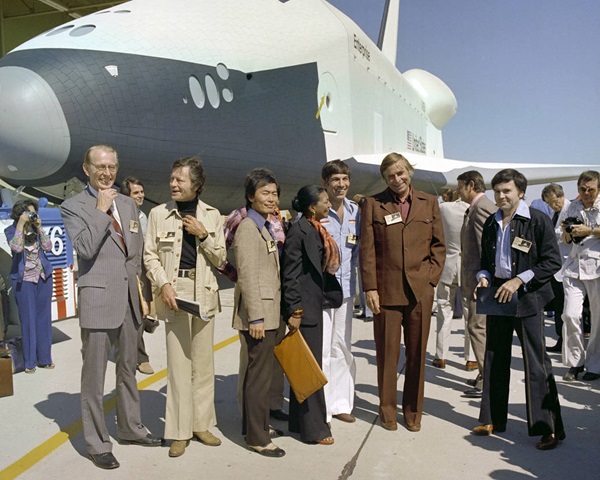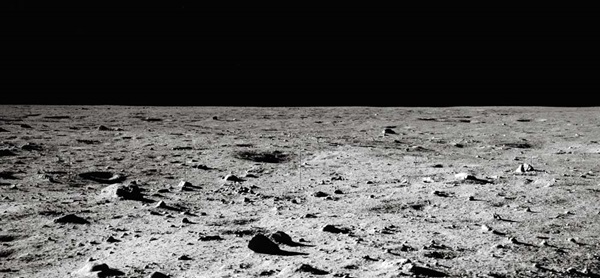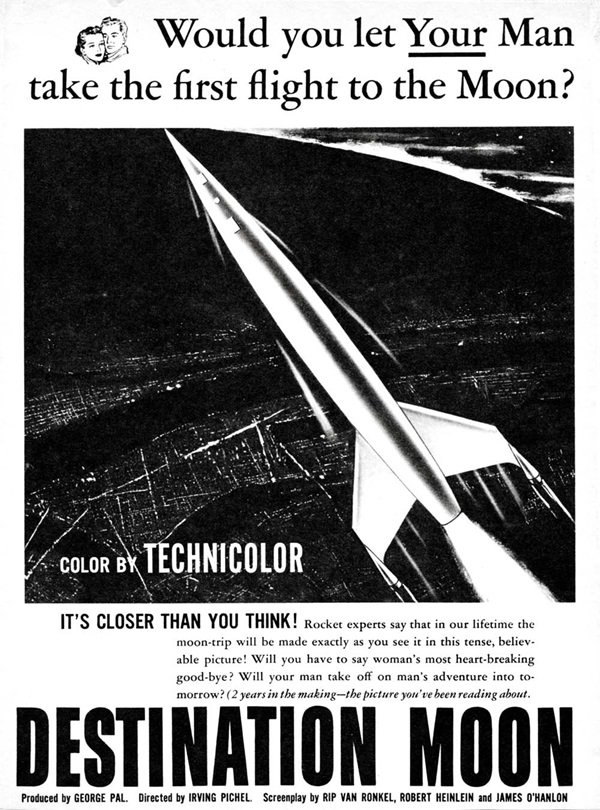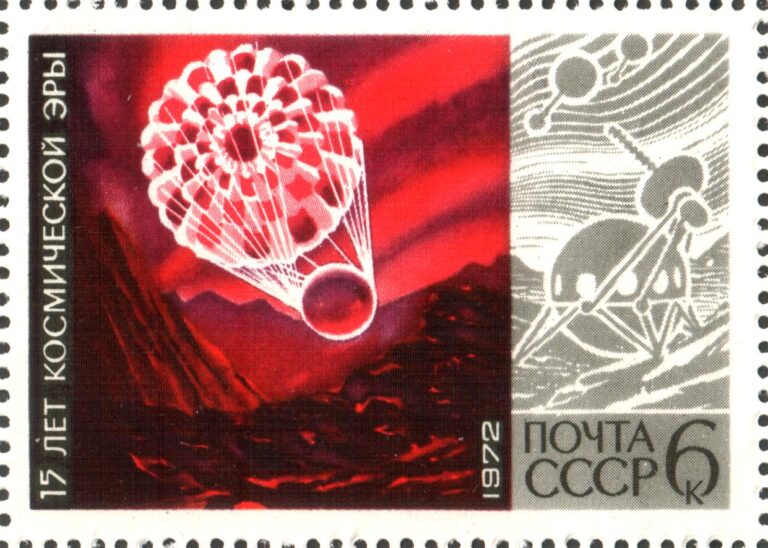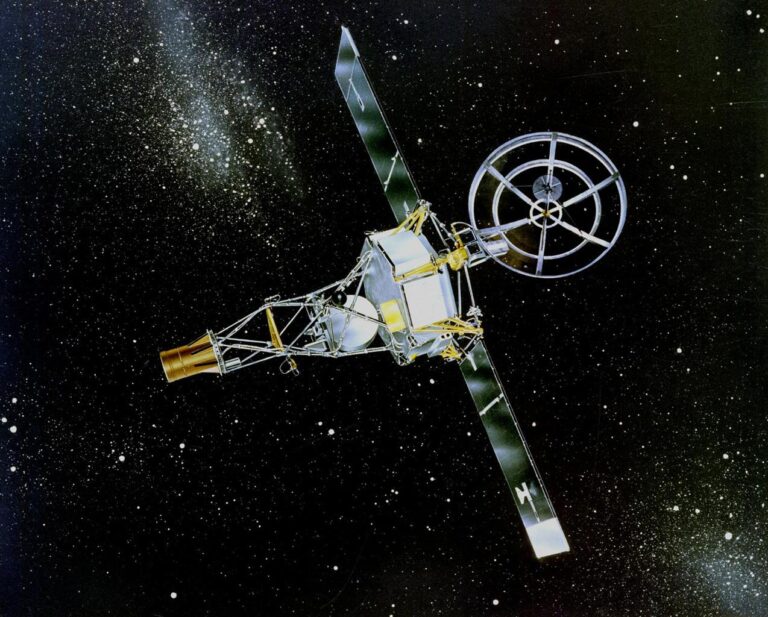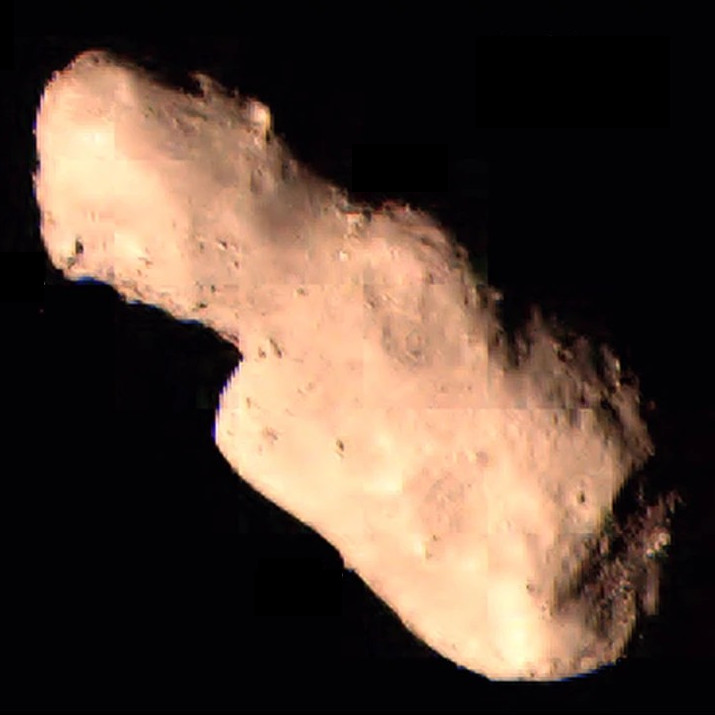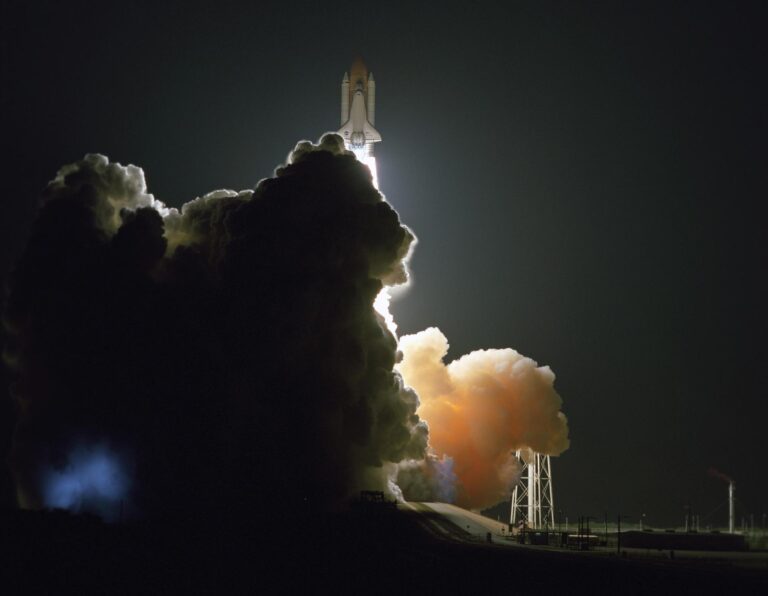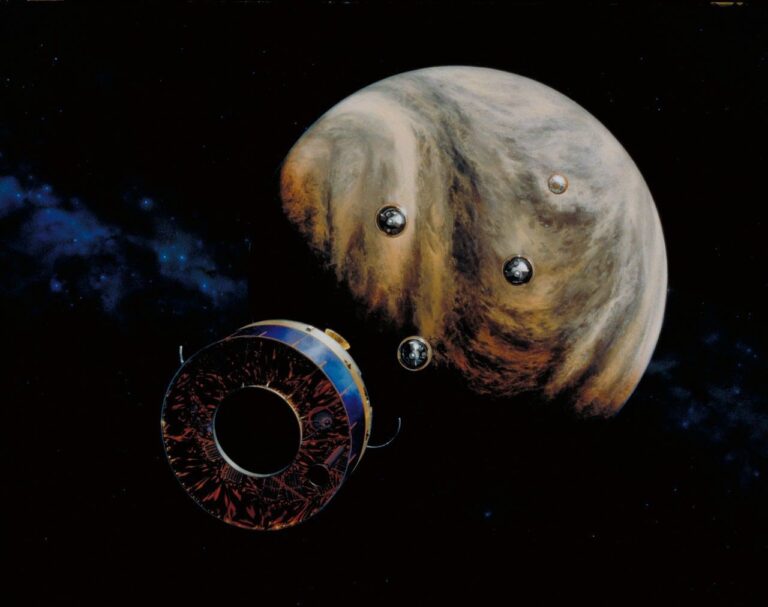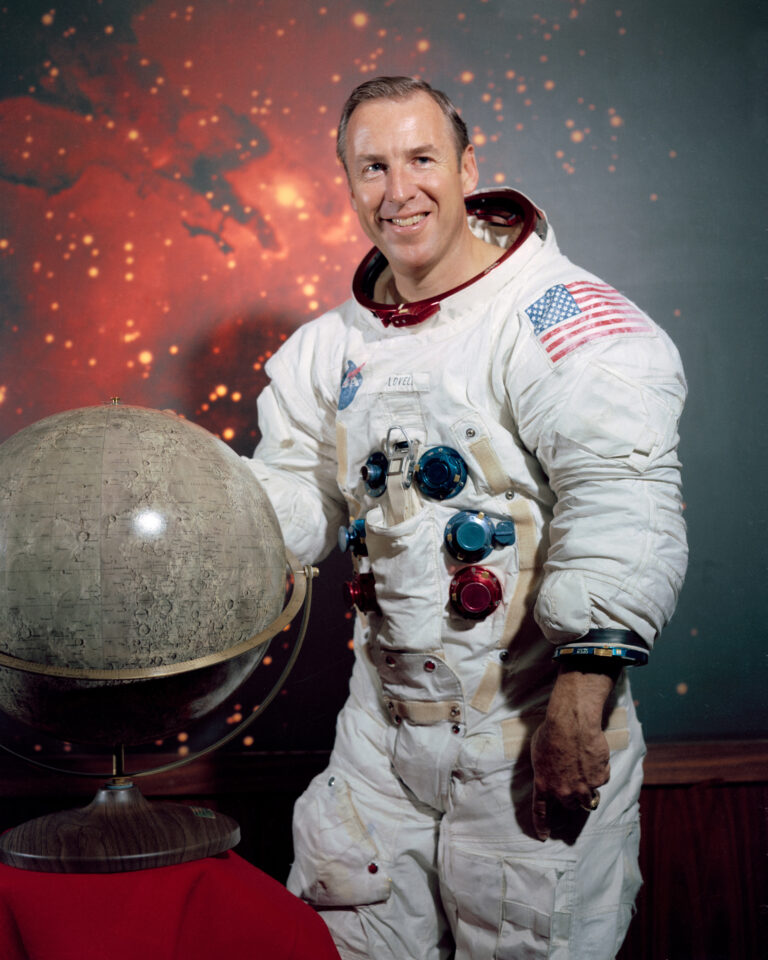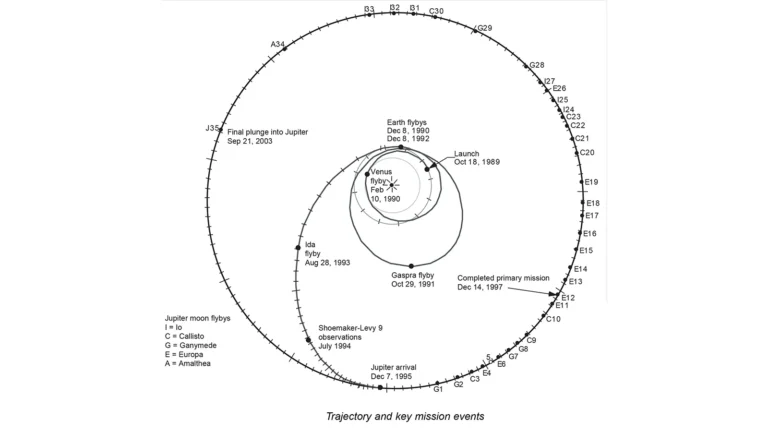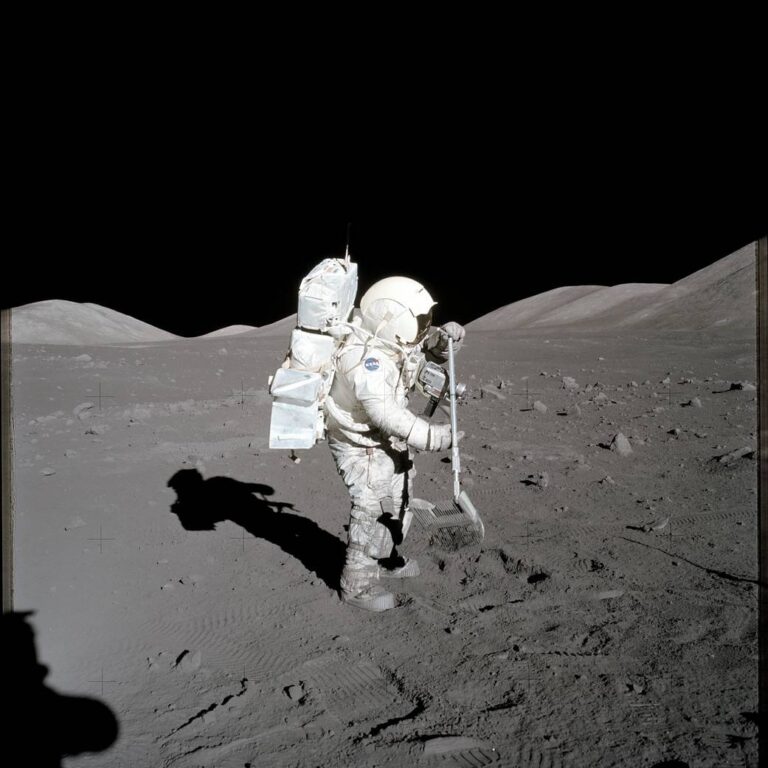Key Takeaways:
- Science fiction's depiction of space travel, particularly lunar missions, mirrored societal attitudes and technological advancements of its time, as exemplified by Jules Verne's cannon-based lunar launch reflecting 19th-century technology and Star Trek's diverse crew reflecting the 1960s civil rights movement.
- Pre-Apollo 11 science fiction films emphasized the challenge and nationalistic competition of reaching the Moon, focusing on the journey rather than the lunar destination itself, reflecting the real-life space race's emphasis on surpassing the Soviet Union.
- Post-Apollo 11 science fiction narratives adapted to the reality of a desolate Moon, incorporating fantastical elements to compensate for the lack of inherent drama in the lunar landscape, and shifting focus to other aspects like isolation or extraterrestrial encounters.
- The perspective shifted from the Moon as a mysterious and unexplored location to the Earth as seen from the Moon, with post-Apollo films often prioritizing Earth's appearance as a backdrop, highlighting humanity's perspective and place in the cosmos.
The exhilaration of the space race and the exploration of the Moon echoed through the arts — especially in science fiction.
Historian Margaret Weitekamp curates space memorabilia and science fiction objects at the National Air and Space Museum. A lifelong sci-fi fan, she studieshow ever-changing attitudes toward spaceflight are represented by collectibles and works of science fiction.
“We talk a lot about popular culture reflecting society,” Weitekamp says. “It’s not some sort of magic mirror. It’s created by people who are very much a product of their time.”
For example, Jules Verne’s 1865 novel From the Earth to the Moon depicts Americans launching themselves to the Moon with a giant cannon, as cannons were a prominent technology in the American Civil War. A century later, during the civil rights movement, Star Trek showed an ethnically diverse crew on the starship Enterprise. This vision of different races harmoniously working together added to the optimistic tone of the show, Weitekamp says, giving viewers hope for the future of spaceflight.
A long trip for a small step
Space exploration has been featured in films since long before Apollo. In 1902, A Trip to the Moon — inspired in part by Verne’s aforementioned novel — proved that sci-fi could thrive in the new medium of movies.
Sci-fi’s vision of spaceflight evolved as the decades passed, of course. “The [portrayals] that are focused on the reality of what’s going on and realistic space programs tend to fall away in the 1960s, because they can’t really compete with the real thing,” Weitekamp says. “And so what you get are more extrapolated visions of what spaceflight could be,” as in Star Trek.
When the Apollo missions kicked off and people realized that going to the Moon wasn’t just a fantasy anymore, another prominent theme began to develop in sci-fi, says literature professor Brian Willems. Willems, of the University of Split in Croatia, studies how the Moon has appeared throughout the history of film. When it comes to the Moon landings, he says, it’s the journey, not the target, which really captured our imaginations.
For example, the film Countdown (1968) depicts the first Moon landing, but it primarily focuses on the challenge of getting to the surface instead of what happens next. In the movie, when Americans learn the Soviet Union will likely reach the Moon first, they abandon the Apollo program for a quicker backup plan: They send a lone astronaut on a oneway trip and plan to coordinate his return later. Like the real-life space race, the movie’s entire premise is beating the Soviets to the Moon.
“It was all about traveling to the Moon and the ability to do it, rather than about some experience on the Moon itself,” Willems says. He suggests such pre-Apollo 11 films reflect the real-life Apollo missions, in that their primary purpose was to highlight the American pride and sense of accomplishment that would come with besting the Soviet Union.
We’ve landed on the Moon. Now what?
The journey to the Moon was a thrilling adventure, but the Moon itself wasn’t as exciting a subject, Willems explains. When Apollo 11 landed humans on the Moon in July 1969, it stunned the world, but it also revealed just how lifeless the lunar surface really is. So, to liven up an otherwise bland setting, wildly fantastical elements began appearing in sci-fi’s lunar stories.
The 1970s TV show Space: 1999 starts by blasting the Moon from Earth’s orbit with explosions, sending a populated Moon base hurtling through space. In the 2011 horror movie Apollo 18, viewers are shown fictitious “lost footage” of the canceled mission, which reveals deadly lunar aliens camouflaged as rocks. In 2012’s Iron Sky, it’s not aliens, but Nazis, who have been hiding on the Moon since World War II. Still other movies turned the plainness of the Moon into its own character: The root of the 2009 movie Moon is the sense of loneliness and isolation felt by a solitary person working at a dull, secluded lunar mining site.
As the fervor of the space race cooled, additional trips to the Moon lost a bit of their novelty. Landing on the Moon had made it a less exotic setting, prompting sci-fi to adapt by focusing the audience’s attention elsewhere.
Shifting focus from the Moon
While scouting landing sites for the Apollo missions in 1966, NASA’s Lunar Orbiter 1 took the first full-view photograph of Earth from the Moon; during Apollo 8 in 1968, astronaut William Anders became the first human to capture such a shot. Once we started to see the first photos of Earth taken from the Moon, Willems says, movies with lunar scenes also began to show Earth in the background. For example, in the 1968 classic 2001: A Space Odyssey, a scene prominently features our blue planet majestically floating above a Moon base.
“A lot of these films, they pretend to be about the Moon, but they’re really about the Earth,” Willems says. “It’s all about how the Earth sees the Moon and not about how the Moon is a different experience or a different place than Earth in some way.”
And this gets to the heart of how the Apollo missions influenced the visions of science fiction. Early on, creators of sci-fi saw the Moon as a bizarre and unexplored setting that could harbor surprising secrets. But as a trip to the lunar surface became more and more likely, sci-fi shifted its focus to the journey itself. And, once we finally reached the Moon, we were presented with humbling views of our home planet, ultimately forcing us to step back and reconsider humanity’s true place in the universe.
As Weitekamp says, “Spaceflight, I think, is a rich backdrop for telling different kinds of stories.”

